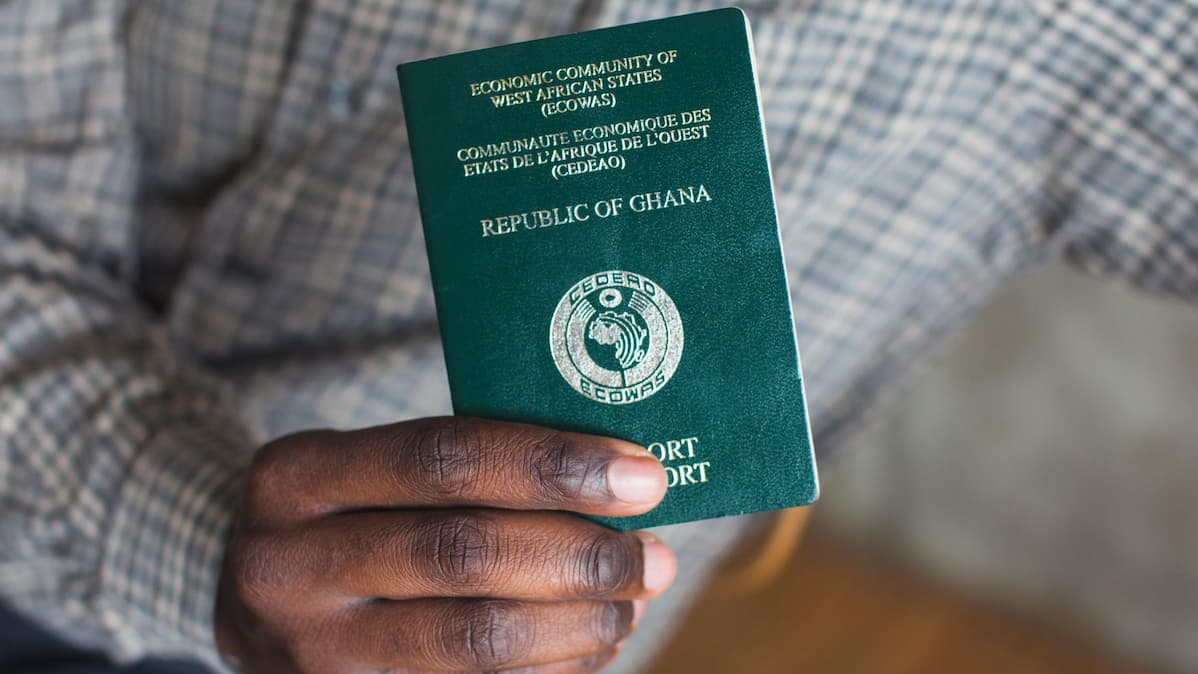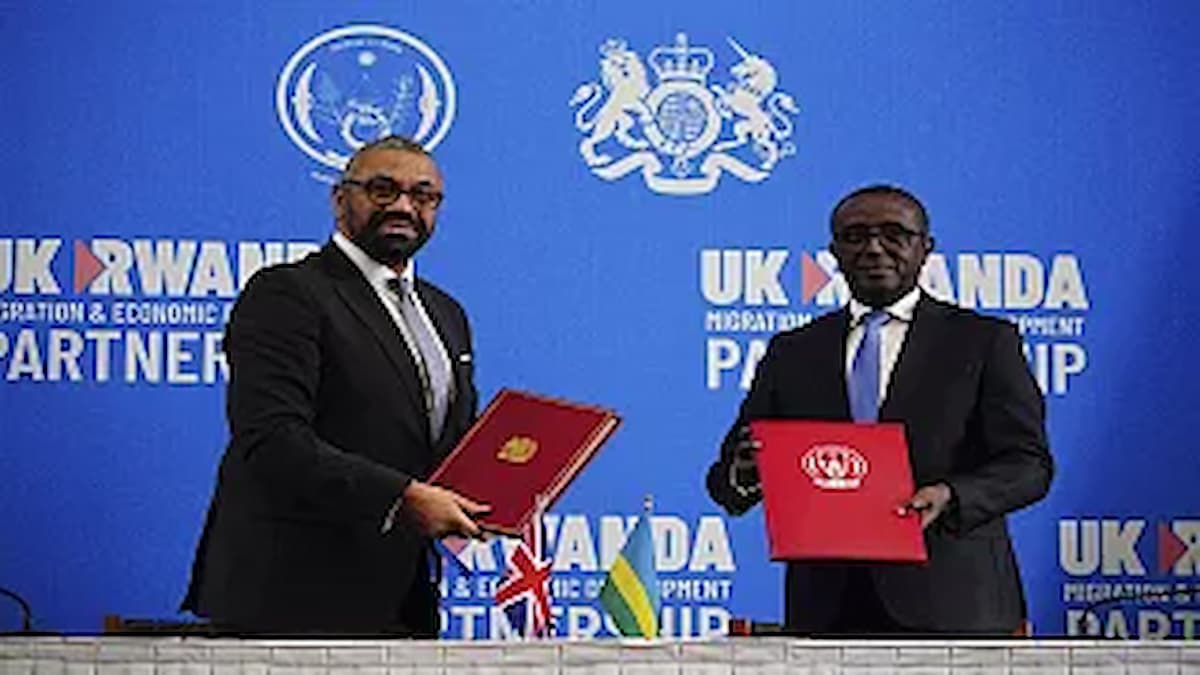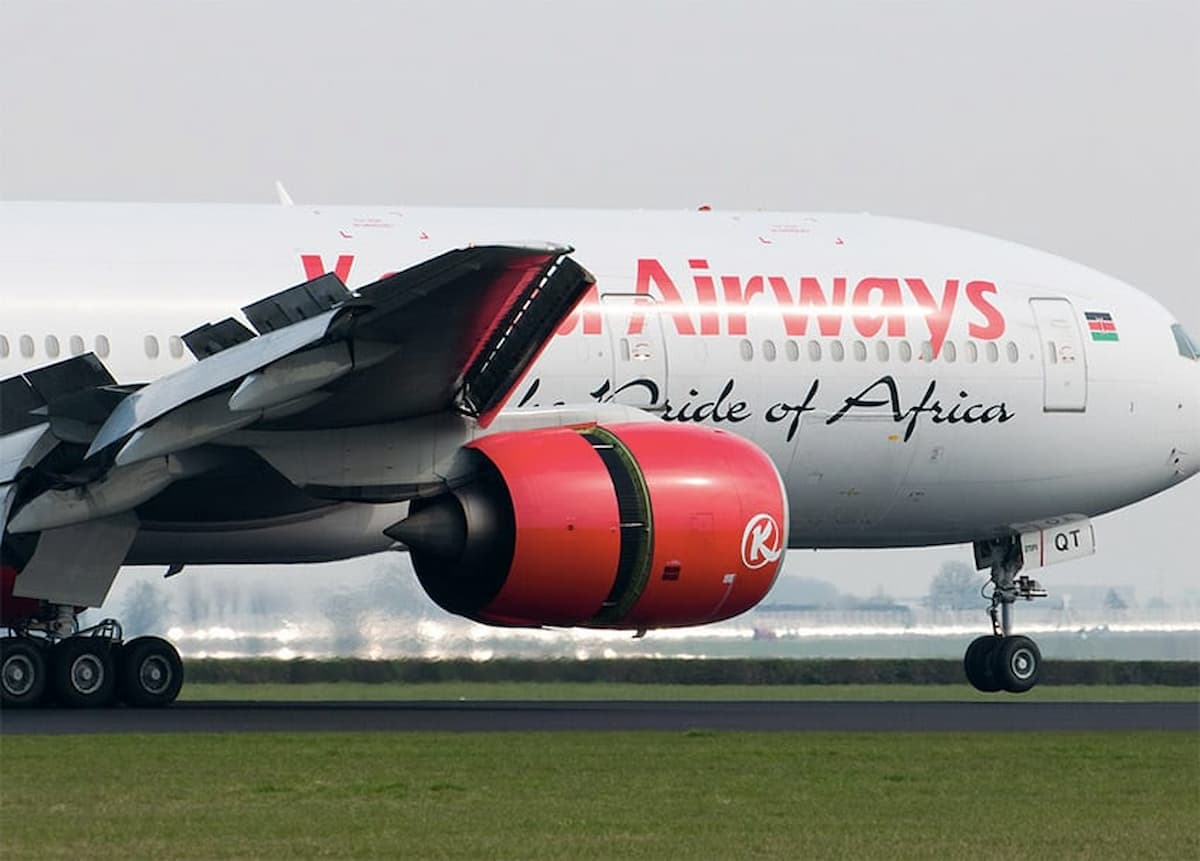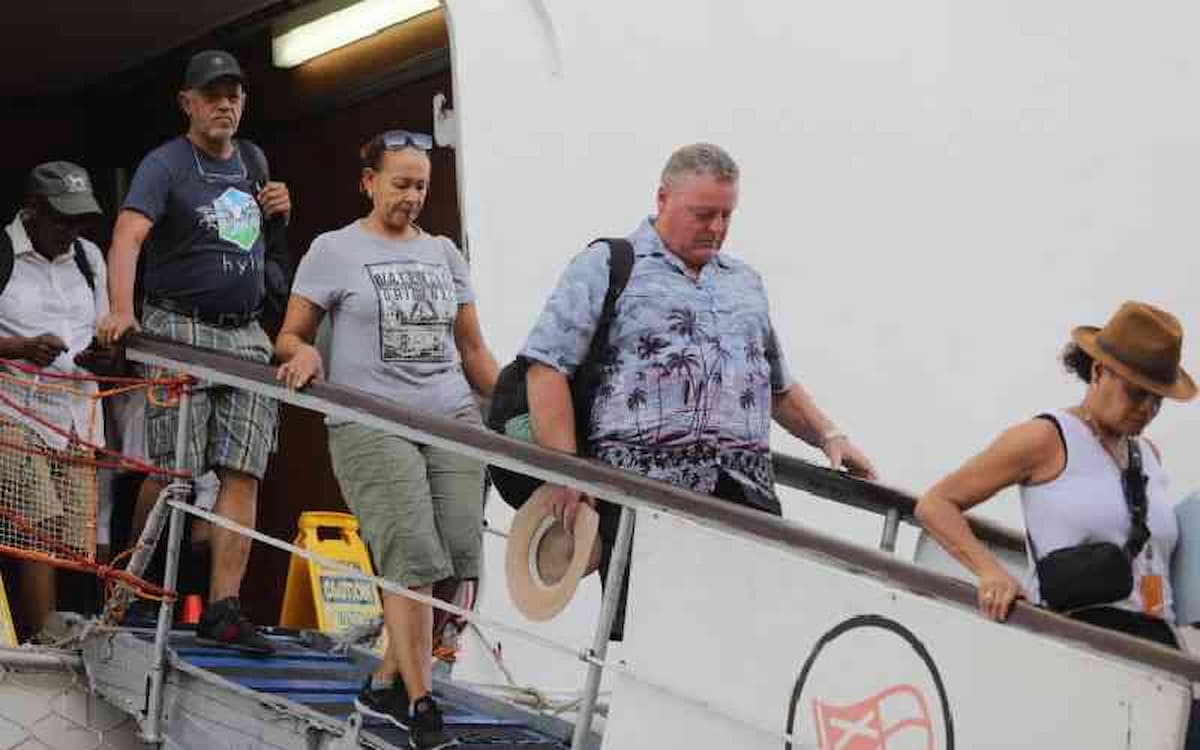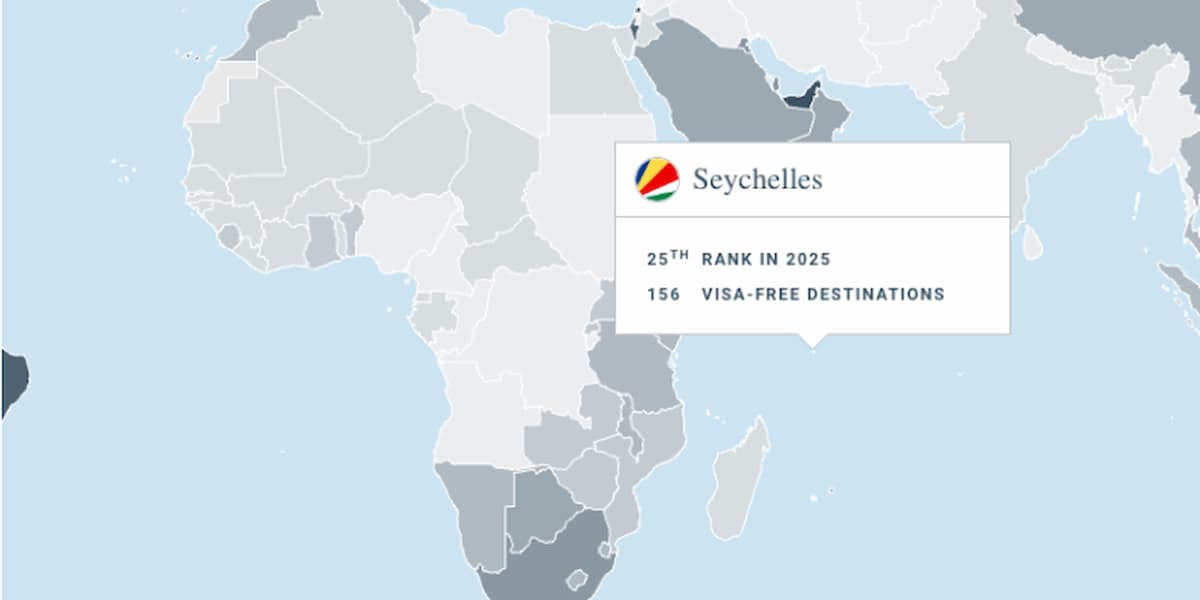Investing in travel insurance might seem tedious, but it can save you from significant financial loss and stress, allowing you to focus on enjoying your vacation.
Travel insurance protects you from certain financial risks and losses that can occur while you’re out exploring another part of the country or the world. These are typically things you couldn’t have predicted and didn’t see coming, from lost luggage to severe weather issues causing a trip or tour to get cancelled.
Southern Living talked with some experts in the insurance and the travel space for the lowdown on this practical yet essential piece of traveling.
What Does Travel Insurance Cover?
Travel insurance coverage varies by company and plan. Policies aren’t one-size fits-all, and there are a range of options to suit all different kinds of travelers and their individual needs.
Lauren Gumport, VP at Faye Travel Insurance, says you’ll often find providers offering a handful of add-ons, if relevant. For example, rental car coverage, vacation rental damage protection, or extreme sports.
“These extras will increase the cost of your policy, while of course also boosting your coverage,” notes Gumport.
A great many people elect to protect their trip with travel medical insurance, since health insurance coverage in the United States doesn’t expand to overseas travel typically. This is why Dana Lewis, Dallas-based owner of DWD Travel & Destination Weddings, says it’s especially important to purchase travel insurance when going out of the country.
“I can’t imagine a scenario where I wouldn’t purchase travel insurance!” she adds.
Who Should Get Travel Insurance?
Travel insurance isn’t just for people who travel often, though frequent travelers may opt for an annual plan instead of buying insurance for an individual trip. It’s really up to what you need, and it’s worth noting that it’s fast and easy to get a free travel insurance quote. You can compare and contrast plans without committing.
Lewis encourages her clients to purchase travel insurance, no matter the travel circumstances. It’s not about a certain type of traveler, she says, since “any age, any person traveling out of their home country, or even in their own country, would benefit if something should happen.”
Gumport agrees that domestic and international travelers should be insured. Basically, “anyone traveling who wants peace of mind in the chance that things go wrong,” should purchase travel insurance.
“Like any insurance, hopefully you never need to utilize it, but should you need it, travel insurance is a lifeline,” says Lewis.
How To Select A Plan
Daniel Durazo, director of external communications at Allianz Partners USA, points to different offerings based on travelers’ needs and budgets. Travelers who take multiple trips a year may save money by purchasing an annual plan while travelers on a budget with few pre-paid expenses may opt for a single trip emergency medical plan to get coverage for medical emergencies and emergency medical transportation, explains Durazo.
It’s important to do your homework, says Gumport, who suggests reading reviews of travel insurance companies. See what fellow travelers are saying before you select a company and policy. Then go about getting a quote based on your total estimated trip cost, destination(s), members of your travel party, and what add-ons are available to supplement your policy with, advises Gumport.
“Many travelers love the ability to Cancel for Any Reason (CFAR). This type of protection lets you nix your trip, just because you feel like it,” adds Gumport.
When To Select A Plan
Durazo suggests purchasing a plan at the same time you book your trip. Many travel insurance plans are offered with a 15-day “free look” review period to ensure the plan you selected is the right fit. If it’s not, you can simply change your policy or request a full refund.
That said, you can wait until the last minute to purchase trip coverage. Buying early or at the time you’ve booked the trip and have the trip’s financials in order offers greater protection, but if you’re headed out of town in a couple of days and suddenly decide you ought to have a travel medical policy, you can still purchase travel insurance.
Bottom line? “Travel insurance is designed to protect you and your vacation from covered, unexpected events, so don’t risk your perfectly-planned trip by leaving without it,” says Durazo.
Source: Southern Living



